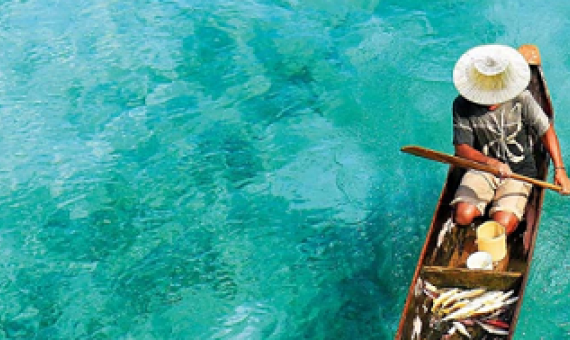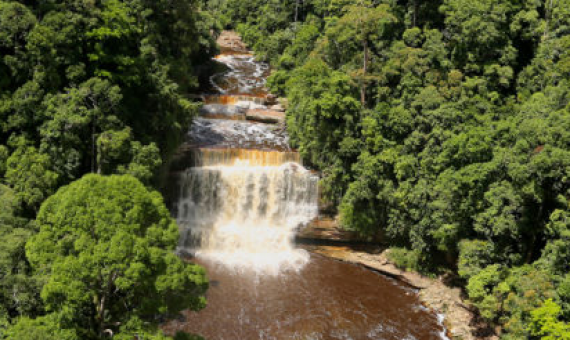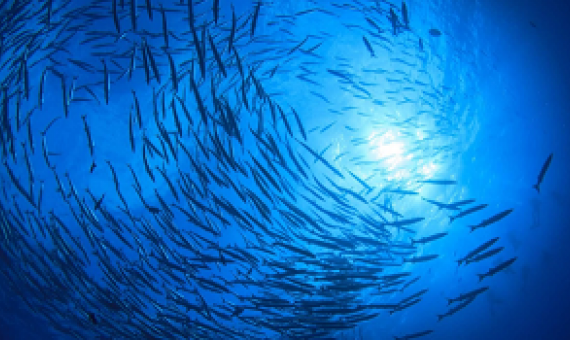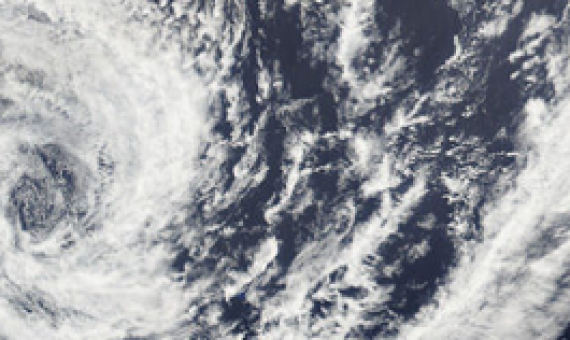Marine Protected Areas are designed to benefit the marine ecosystem and human coastal populations, but are they actually achieving both? There are currently nearly 17,000 Marine Protected Areas (MPAs) across the globe.
Last weekend marked 34 years since the land title to Uluru was handed back to the local Yankunytjatjara-Pitjantjatjara peoples.
A study of human activity within thousands of conservation spaces in over 150 countries suggests that - on average across the world - protected areas are not reducing the "anthropogenic pressure" on our most precious natural habitats.
French Polynesia’s coral reefs, bountiful fish populations, and other marine life are not immune to the mounting threats facing the world’s ocean, and a poll released today shows that local communities are concerned about the future of their seas: Nearly 80 percent of Polynesians think the ocean
The largest addition to the New South Wales national parks network in almost a decade has been welcomed by traditional owners of the land, who say it is a monumental cultural milestone.
Designing protected area networks that translate international conservation commitments into national action
Here we undertake a cost-effective approach to protected area planning in Guyana that accounts for in-country conditions. To do this we conducted a stakeholder-led spatial conservation prioritisation based on meeting targets for 17 vegetation types and 329 vertebrate species, while minimising opportunity costs for forestry, mining, agriculture and urbanisation. Our analysis identifies 3 million ha of priority areas for conservation, helping inform government plans to double the current protected area network from 8.5 to 17%.
The research could help government agencies address the lingering impacts of natural disasters to community fisheries. Click on the link below to read the full article.
When the Guatemalan government designated the Río Sarstún Multiple Use Area in 2005, the local people said it never properly contacted or consulted the indigenous Q’eqchi’ living in the area. Click on the link below to read the full article.
As the Convention on Biological Diversity meeting takes stock of Aichi Targets, the suggestion of bringing indigenous communities’ areas under formal protection is highly contested. Click on the link below to read the full article.
Developing a framework for the efficient design and management of large scale marine protected areas
This study identifies the importance of: acquiring robust baseline data, being fully protected (no-take), using ecosystembased management, community inclusion, and of adopting an ecologically connected network approach. These features are needed for large marine reserves to maximize achieving both ecological and socioeconomic goals, with particular attention to engagement of local communities.







